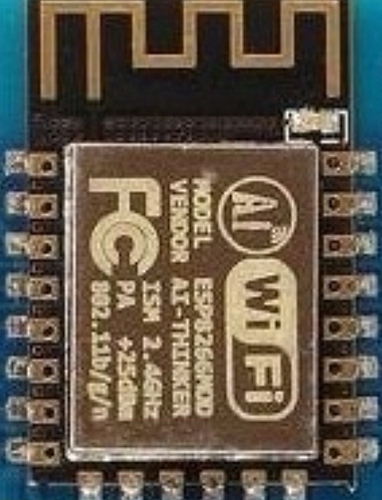You’re wrong on both counts there.
Take a look at your NodeMCU. It has one if these on it:
That’s the same ESP8266 processor as your Wemos D1 R1 and it has the same electrical characteristics. Both can sink the same amount of GPIO pin current and both are 5v tolerant. The only real differences are the form factor of the board, the silk-screening of the PIN numbers and the additional power connector on the D1 R1.
A good rule of thumb is always to use GPIO numbers when you’re referencing pins on the boards. This makes the code more portable between devices, and removes the type of confusion that you are currently experiencing.
Forget about the translation table of Dx numbers to GPIO numbers in your code, simply use the GPIO number, plus a comment that reminds you which pin this is on the various boars you are using.
You should also be aware of the restrictions regarding some GPIO pins on the ESP8266. Read this:
My advice would be to use your NodeMCU and this diagram:
Pete.

